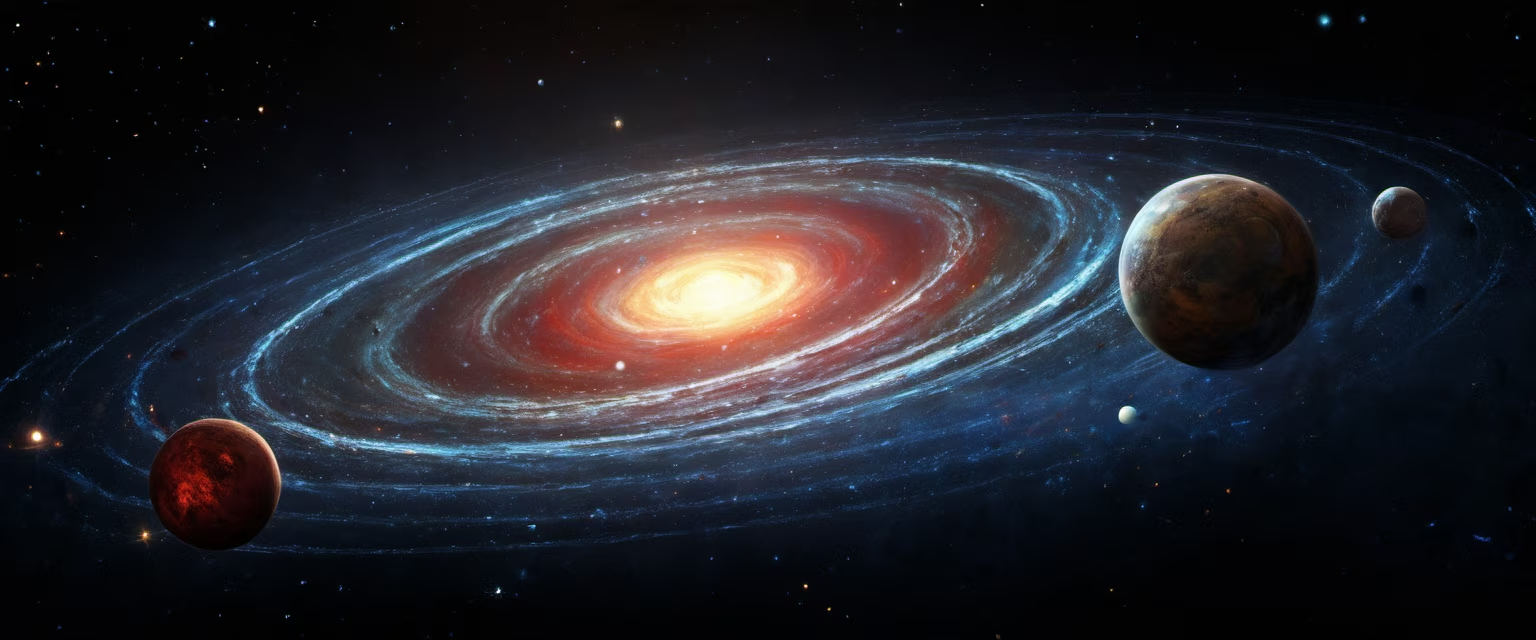Prompt: The cosmos, a vast and unfathomable expanse, stretches infinitely beyond the confines of Earth's atmosphere. It is a universe filled with an innumerable array of celestial wonders and cosmic phenomena. Stars and Galaxies: The universe is teeming with billions of galaxies, each containing billions of stars. These celestial bodies range from young, hot, blue stars to ancient, cooler red giants. Galaxies themselves come in various forms: spirals with graceful, winding arms; ellipticals ranging from perfectly spherical to elongated ovals; and irregulars, which lack a defined shape. Planetary Systems: Around many stars orbit planets, moons, asteroids, and comets. These planetary systems can vary greatly, with some hosting rocky, terrestrial planets and others boasting giant gas planets. Moons orbiting these planets can be worlds unto themselves, with some harboring subsurface oceans or volcanic activity. Nebulae and Stellar Nurseries: Nebulae, immense clouds of gas and dust, are the birthplaces of stars. These cosmic nurseries glow with the light of young stars, and their colorful appearance is due to the ionization of gases like hydrogen and helium. Black Holes and Neutron Stars: The remnants of massive stars, black holes are regions of space with gravity so strong that not even light can escape. Neutron stars, compact and incredibly dense remnants of supernova explosions, emit beams of radiation that can be observed as pulsars. Cosmic Phenomena: The universe is also home to a variety of other phenomena, such as supernovae - the explosive death throes of stars, gravitational lensing where light is bent by the gravity of massive objects, and cosmic rays, high-energy particles traveling through space.
Style: Cinematic





